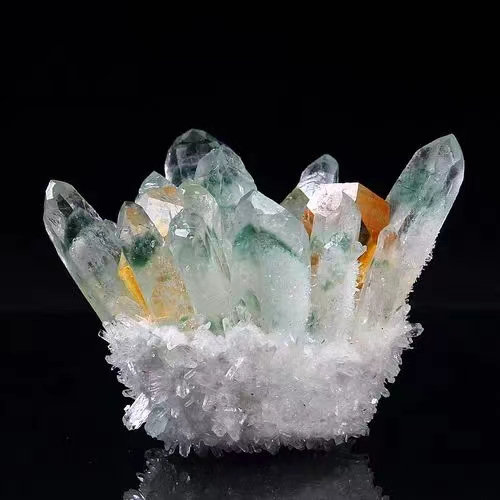

Tempered Glass OEM The Perfect Fusion of Strength and Versatility
In today's architectural landscape, glass has evolved from being merely a decorative material to an essential component of modern design, engineering, and functionality. One of the standout innovations in this realm is tempered glass, especially when produced through Original Equipment Manufacturing (OEM). This unique process not only enhances the glass's strength and durability but also opens up numerous applications across various industries.
Tempered glass, also known as toughened glass, undergoes a rigorous heat treatment process that enhances its structural integrity. The glass is heated to over 600 degrees Celsius and then rapidly cooled, resulting in a product that is up to five times stronger than standard glass. This increased strength provides a significant advantage in environments where safety is paramount, such as in buildings, vehicles, and household items. Moreover, when shattered, tempered glass breaks into small, blunt pieces, reducing the risk of injury—a critical factor in both residential and commercial settings.
Tempered Glass OEM The Perfect Fusion of Strength and Versatility
The versatility of tempered glass makes it a preferred choice for a multitude of applications. In the construction industry, it is commonly used for facades, windows, and balustrades, where both aesthetics and safety are required. Architects and designers appreciate the aesthetic appeal of tempered glass, as it can provide a sleek and modern look to any building. Additionally, it can be customized into various shapes and sizes, allowing for creative architectural designs that enhance natural lighting and visibility.

In the automotive sector, the use of tempered glass is equally significant. Windshields, side windows, and rear windows are often made from this durable material, ensuring that vehicles can withstand impacts and harsh environmental conditions. The optical clarity of tempered glass also plays a crucial role in enhancing the driving experience by providing unobstructed views.
The consumer electronics industry has also recognized the benefits of tempered glass, particularly in the manufacturing of screens for smartphones, tablets, and other devices. The hardness and scratch-resistance of tempered glass offer protection from daily wear and tear, ensuring that devices remain functional and visually appealing for extended periods.
Furthermore, the ongoing trend towards sustainability in manufacturing aligns well with tempered glass production. Many OEM manufacturers are embracing eco-friendly practices by using recycled materials and energy-efficient processes to produce tempered glass. This commitment not only appeals to environmentally conscious consumers but also positions companies favorably in an increasingly competitive market.
As technology continues to advance, the future of tempered glass OEM looks promising. Innovations like smart glass—which can change its transparency—are setting the stage for the next generation of glass products. These developments highlight the potential for tempered glass to take on new roles in smart buildings, energy efficiency, and beyond.
In conclusion, tempered glass OEM represents a crucial intersection of technology, design, and safety. With its unparalleled strength, versatility, and aesthetic appeal, tempered glass has carved a niche across various industries. As manufacturers continue to innovate and adapt to market demands, the future of tempered glass promises to be as bright as the glass itself, enhancing the quality of life and safety for consumers around the globe. Whether in homes, vehicles, or electronic devices, tempered glass will remain an integral element of modern life, reflecting our commitment to strength, beauty, and innovation.